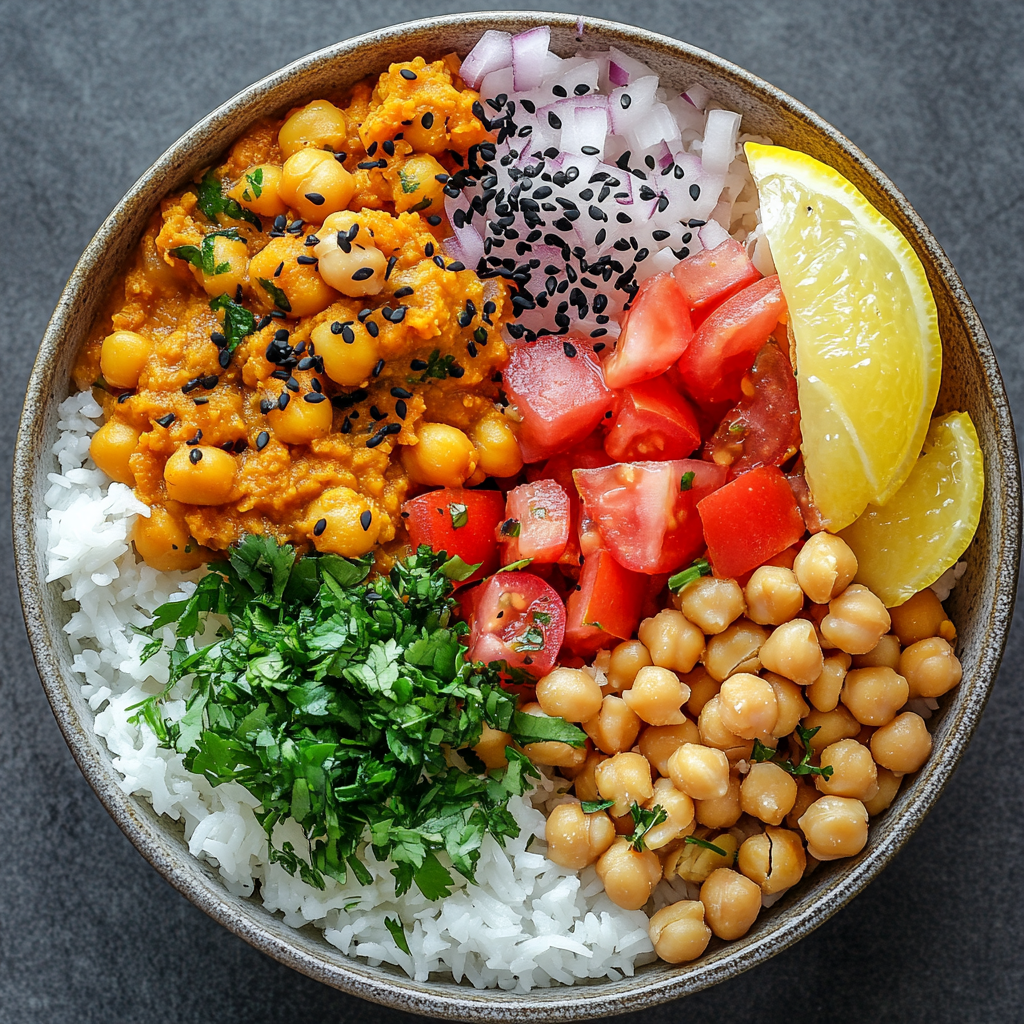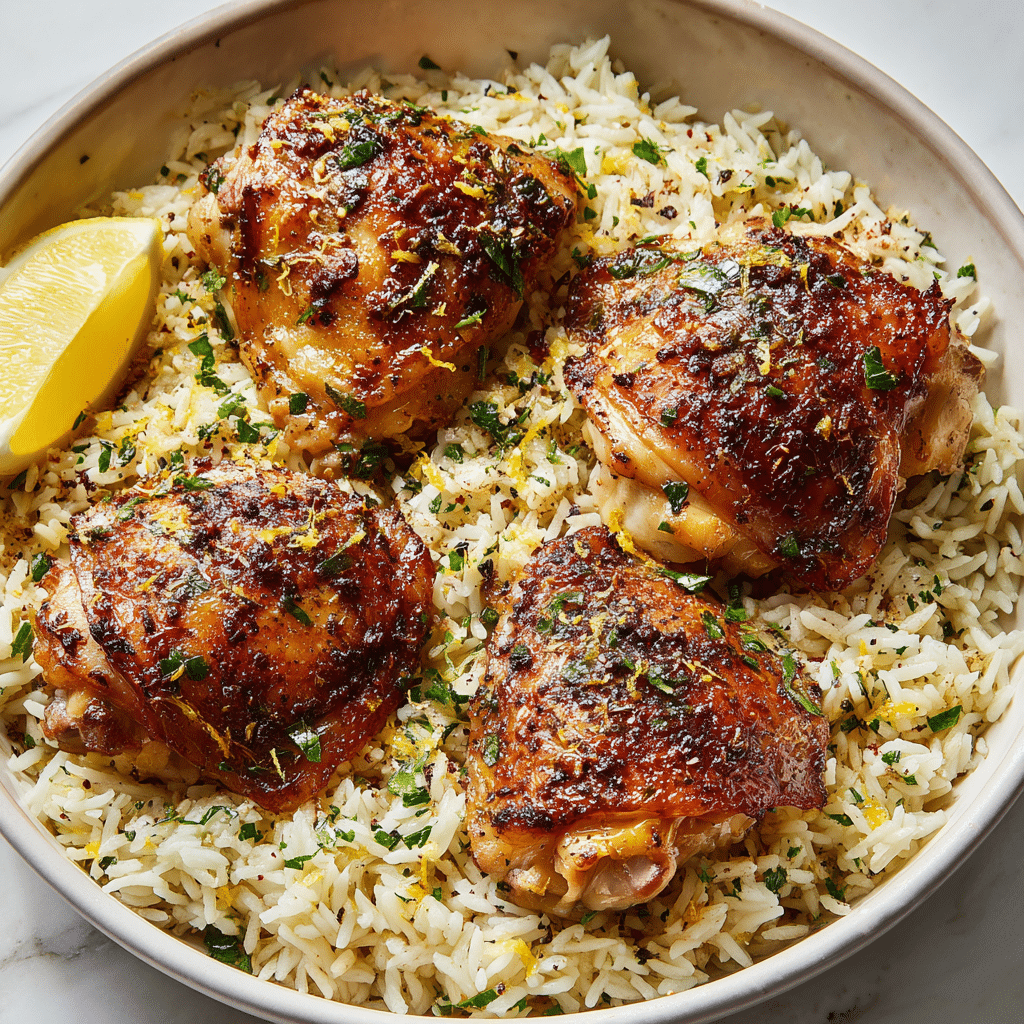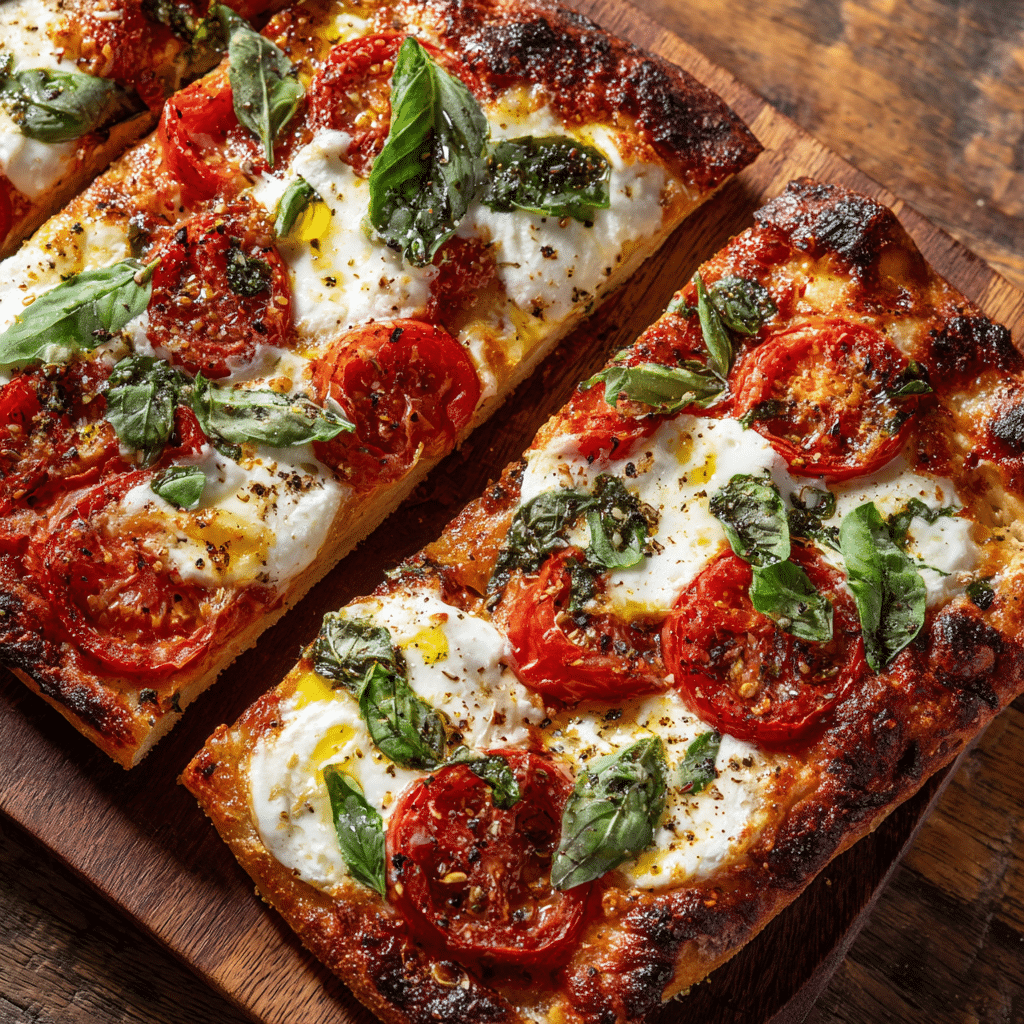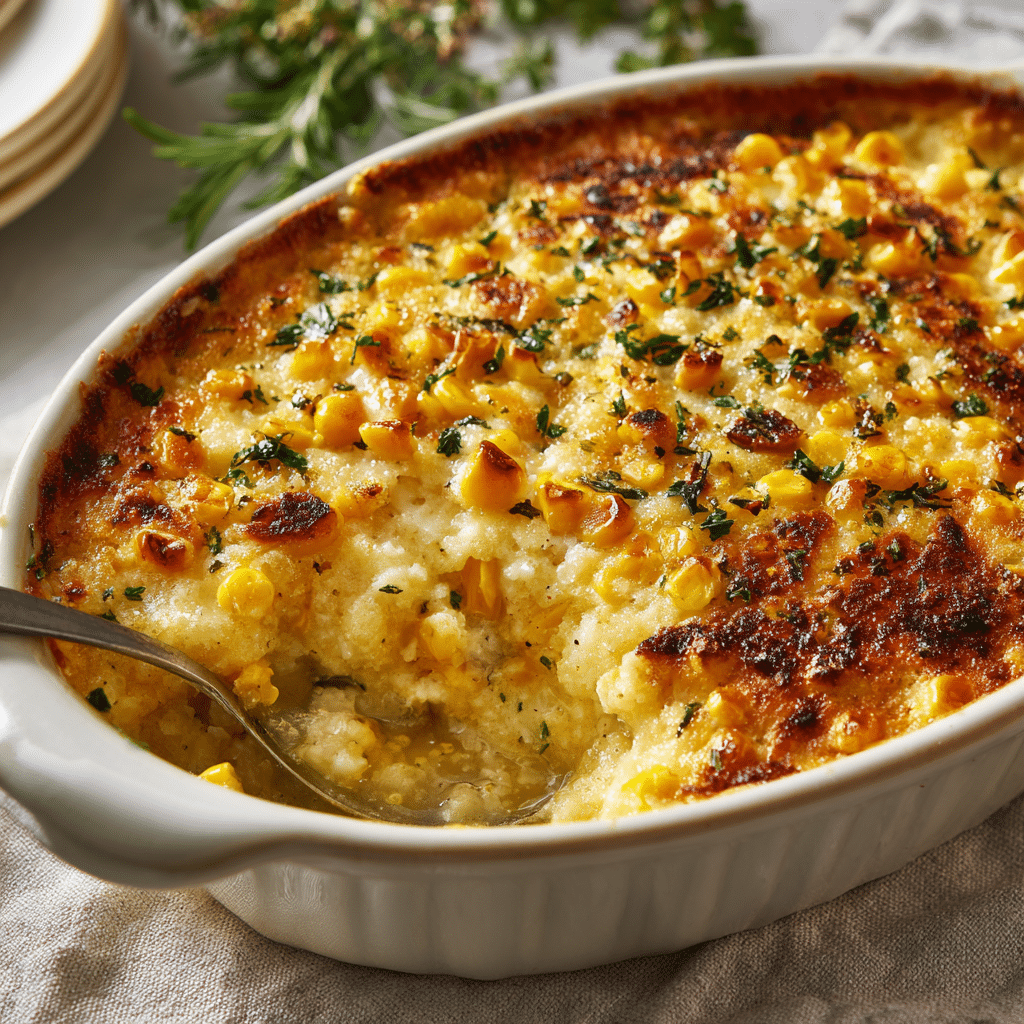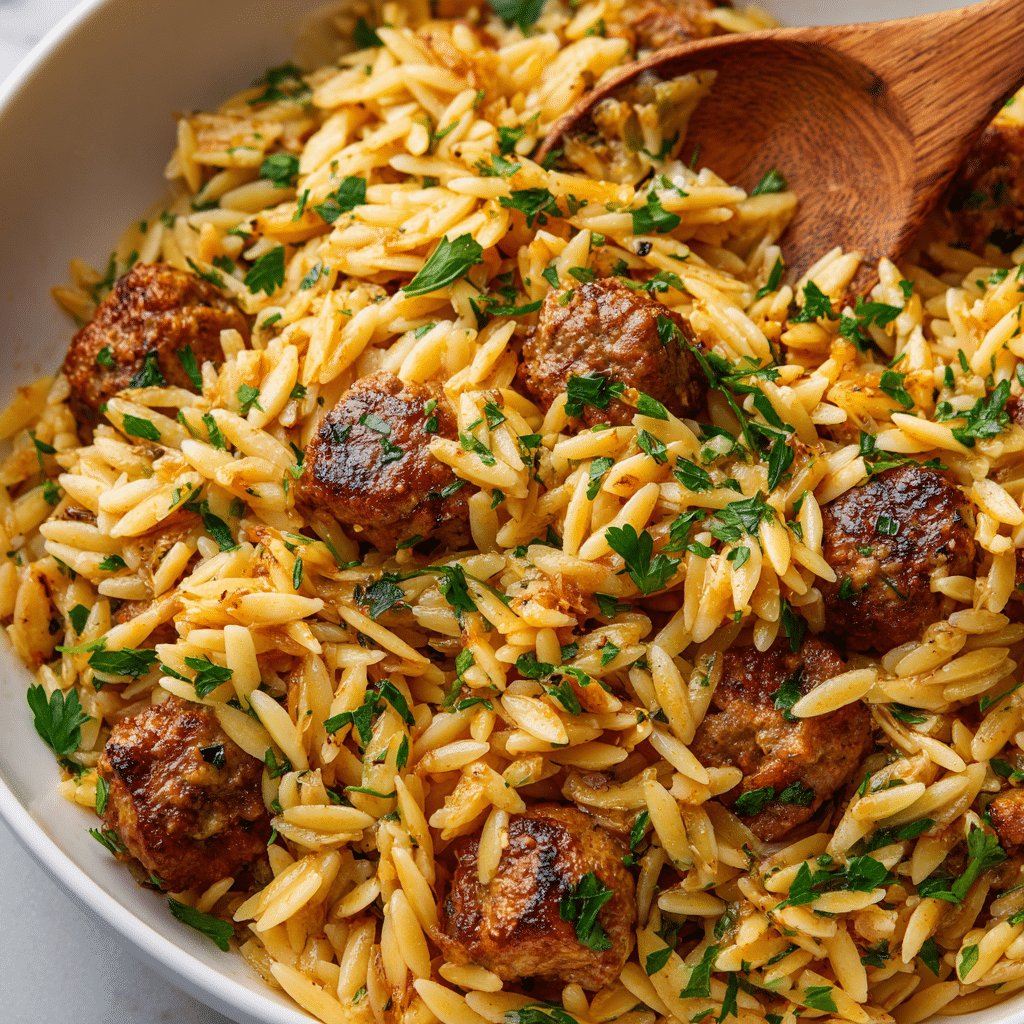When people hear “vegetarian,” they often assume the meals are light or lacking in protein. But the truth is, high protein vegetarian recipes can be just as satisfying, muscle-fueling, and rich as any meat-based meal—with the added benefits of fiber, antioxidants, and heart-healthy ingredients.
Whether you’re following a vegetarian diet for ethical, environmental, or health reasons, or simply trying to incorporate more plant-based meals into your routine, there are countless ways to hit your protein goals without meat.
Why Protein is Essential in Vegetarian Meals
Protein plays a crucial role in:
-
Muscle repair and growth
-
Hormone and enzyme function
-
Immune system support
-
Satiety and stable energy levels
Vegetarians can meet (and exceed) daily protein needs by combining a variety of plant-based sources such as:
-
Legumes (lentils, chickpeas, black beans)
-
Soy products (tofu, tempeh, edamame)
-
Whole grains (quinoa, farro, oats)
-
Dairy and eggs (for lacto-ovo vegetarians)
-
Nuts and seeds (chia, flax, pumpkin seeds, almonds)
Let’s now dive into some of the best high protein vegetarian recipes to inspire your weekly menu.
Recipe 1: Spicy Lentil and Chickpea Curry Bowl
Ingredients:
-
1 tbsp coconut oil
-
1 onion, diced
-
2 garlic cloves, minced
-
1 tsp grated ginger
-
1 tbsp curry powder
-
1 tsp turmeric
-
1 cup dried red lentils
-
1 can chickpeas (drained and rinsed)
-
1 can coconut milk
-
2 cups vegetable broth
-
2 cups spinach
-
Salt, pepper, and lime juice to taste
Protein: ~22g per serving (from lentils + chickpeas)
Instructions:
Sauté onion, garlic, and ginger in oil. Add spices, lentils, broth, and coconut milk. Simmer 15–20 minutes. Add chickpeas and spinach, cook until wilted. Serve with brown rice or quinoa.
Recipe 2: Tofu and Quinoa Stir Fry
Ingredients:
-
1 block extra-firm tofu, pressed and cubed
-
1 tbsp soy sauce or tamari
-
1 tbsp sesame oil
-
2 cups cooked quinoa
-
1 cup edamame
-
1 red bell pepper, sliced
-
1 zucchini, chopped
-
1 clove garlic, minced
-
Sesame seeds and green onions for garnish
Protein: ~28g per serving (tofu + quinoa + edamame)
Instructions:
Pan-fry tofu in sesame oil until golden. Add garlic, veggies, and edamame. Stir-fry for 5–7 minutes. Toss with quinoa and soy sauce. Garnish and serve hot.
Recipe 3: High Protein Veggie Pasta with White Beans
Ingredients:
-
250g whole wheat or legume pasta
-
1 tbsp olive oil
-
1 zucchini, diced
-
1 cup cherry tomatoes
-
1 can cannellini beans
-
2 cups spinach
-
2 tbsp nutritional yeast
-
Salt, pepper, and chili flakes
Protein: ~25g per serving (beans + pasta + nutritional yeast)
Instructions:
Cook pasta. In a skillet, sauté zucchini and tomatoes in olive oil. Add beans, spinach, seasonings. Toss with cooked pasta and nutritional yeast.
Recipe 4: Tempeh Tacos with Avocado Slaw
Ingredients:
-
1 block tempeh, crumbled
-
1 tbsp oil
-
1 tbsp taco seasoning
-
1 tbsp tomato paste
-
Corn tortillas
-
1 avocado
-
1 cup cabbage, shredded
-
Lime juice and cilantro
Protein: ~30g per serving (tempeh + slaw)
Instructions:
Sauté tempeh with oil, tomato paste, and seasoning. Mash avocado with lime and mix with cabbage for slaw. Serve in tortillas with toppings.
The Health Benefits of High Protein Vegetarian Meals
Including high-protein vegetarian meals in your diet isn’t just about replacing meat—it’s about enhancing your overall health with nutrient-dense, plant-forward ingredients. Here’s what you gain:
-
Heart health: Most plant-based proteins are naturally cholesterol-free and low in saturated fats.
-
Digestive support: Legumes and whole grains are rich in fiber, which improves gut health.
-
Blood sugar control: Protein paired with complex carbs helps stabilize energy and prevent crashes.
-
Anti-inflammatory properties: Many vegetarian protein sources (like lentils, turmeric, or leafy greens) are packed with antioxidants and phytonutrients.
-
Weight management: High-protein meals increase satiety and reduce the urge to snack between meals.
How to Build a Balanced High Protein Vegetarian Plate
For vegetarians, the key to meeting protein needs is variety and combination. Here’s a simple formula to build every meal:
-
Primary protein source (tofu, tempeh, beans, lentils, Greek yogurt, eggs)
-
Whole grain or complex carb (quinoa, oats, brown rice, pasta)
-
Healthy fats (nuts, seeds, olive oil, avocado)
-
Plenty of vegetables (for fiber, vitamins, minerals)
-
Flavor and herbs (garlic, ginger, spices, citrus, fresh herbs)
Example: Quinoa + black beans + avocado + grilled vegetables + salsa = protein-packed burrito bowl.
Weekly Meal Plan with High Protein Vegetarian Recipes
Here’s a sample weekly plan to inspire your plant-powered meals:
| Day | Meal | Main Protein Source |
|---|---|---|
| Monday | Lentil chickpea curry + brown rice | Lentils + chickpeas |
| Tuesday | Tofu stir-fry with quinoa | Tofu + edamame + quinoa |
| Wednesday | Pasta with beans and spinach | Whole wheat pasta + beans |
| Thursday | Tempeh tacos with avocado slaw | Tempeh |
| Friday | Black bean sweet potato chili | Black beans + kidney beans |
| Saturday | Chia pudding + nut butter | Chia seeds + almonds |
| Sunday | Veggie omelet with toast | Eggs + cheese (ovo-veg) |
This plan covers a range of flavors and ensures you get complete proteins daily.
Creative Ways to Boost Protein in Vegetarian Meals
Even if a dish isn’t centered around a high-protein food, you can add protein easily with:
-
Chia seeds or hemp hearts sprinkled over salads or smoothies
-
Nutritional yeast added to sauces and dressings
-
Greek yogurt or skyr as a creamy base for dips or marinades
-
Toasted nuts and seeds as a crunchy salad topping
-
Silken tofu blended into soups, sauces, or smoothies
These tricks enhance not only nutrition but also texture and taste.
Final Thoughts
High-protein vegetarian recipes are more than just “meatless alternatives.” They are wholesome, satisfying meals full of vibrant flavors, rich textures, and the power to nourish your body and mind. Whether you’re vegetarian for health, the planet, or ethical reasons, these recipes prove that plant-based protein can be just as strong, delicious, and diverse as any traditional dish.
Understanding Complete Proteins in a Vegetarian Diet
A complete protein contains all nine essential amino acids that your body can’t produce on its own. While many plant foods are “incomplete” proteins, combining the right foods ensures you get everything you need.
Vegetarian Sources of Complete Protein:
-
Quinoa – a rare plant that’s a complete protein on its own
-
Soy products – tofu, tempeh, edamame are all complete proteins
-
Buckwheat and amaranth – lesser-known grains with full amino profiles
-
Combining legumes + grains – like rice and beans, or hummus with whole grain pita
-
Dairy and eggs – for lacto-ovo vegetarians, these are convenient sources
Eating a varied vegetarian diet throughout the day is usually enough to meet your amino acid needs.
Smart Protein Pairings
To maximize your nutrition without overthinking it, here are some simple protein pairings:
-
Lentils + barley
-
Chickpeas + whole wheat couscous
-
Tofu + peanut sauce over rice noodles
-
Black beans + corn tortillas
-
Greek yogurt + chia seeds + fruit
These combinations not only boost protein but create well-balanced meals that feel complete and satisfying.
Vegan vs. Vegetarian High-Protein Cooking
While all vegan recipes are vegetarian, not all vegetarian recipes are vegan. Adding eggs or dairy can significantly increase protein content, especially in quick meals like:
-
Scrambled eggs with spinach and feta
-
Cottage cheese and veggie bowls
-
Omelets loaded with mushrooms, broccoli, and cheese
-
Greek yogurt bowls with nuts, seeds, and berries
For vegans, focus on tofu, tempeh, legumes, seitan, and fortified plant milks to meet protein goals, and consider B12 supplementation as needed.
Quick High-Protein Vegetarian Snack Ideas
Don’t forget about snacks—they’re key opportunities to add protein between meals:
-
Roasted chickpeas – crunchy, portable, flavorful
-
Edamame pods with sea salt
-
Peanut butter on rice cakes or apple slices
-
Trail mix with almonds, pumpkin seeds, and cranberries
-
Boiled eggs or yogurt (for ovo/lacto vegetarians)
-
Mini lentil patties or veggie meatballs
These easy options help maintain energy levels and prevent overeating later.
Vegan Protein Myths – Busted
Let’s clear up some common misconceptions:
-
“You can’t get enough protein without meat.”
False—many
